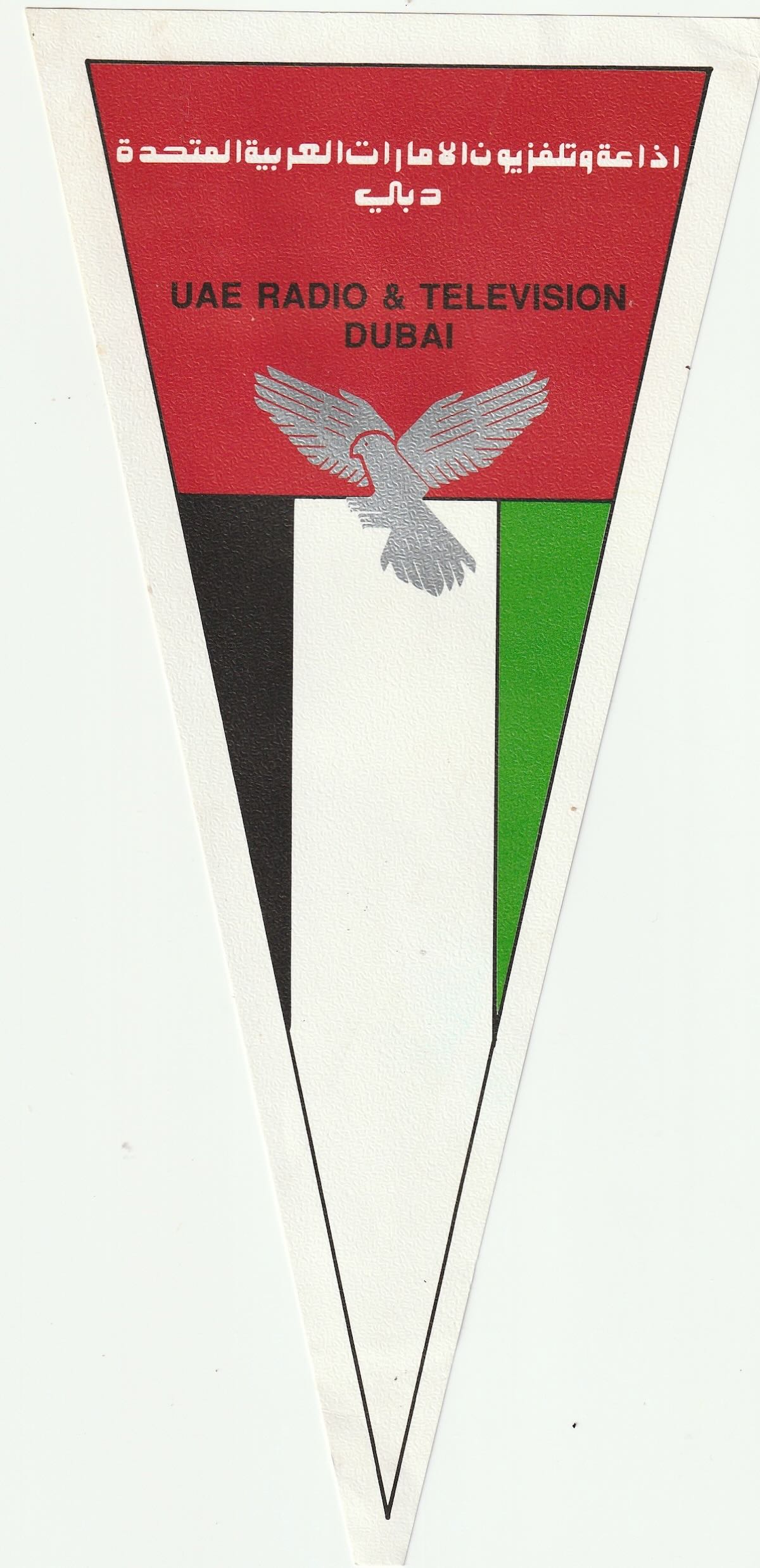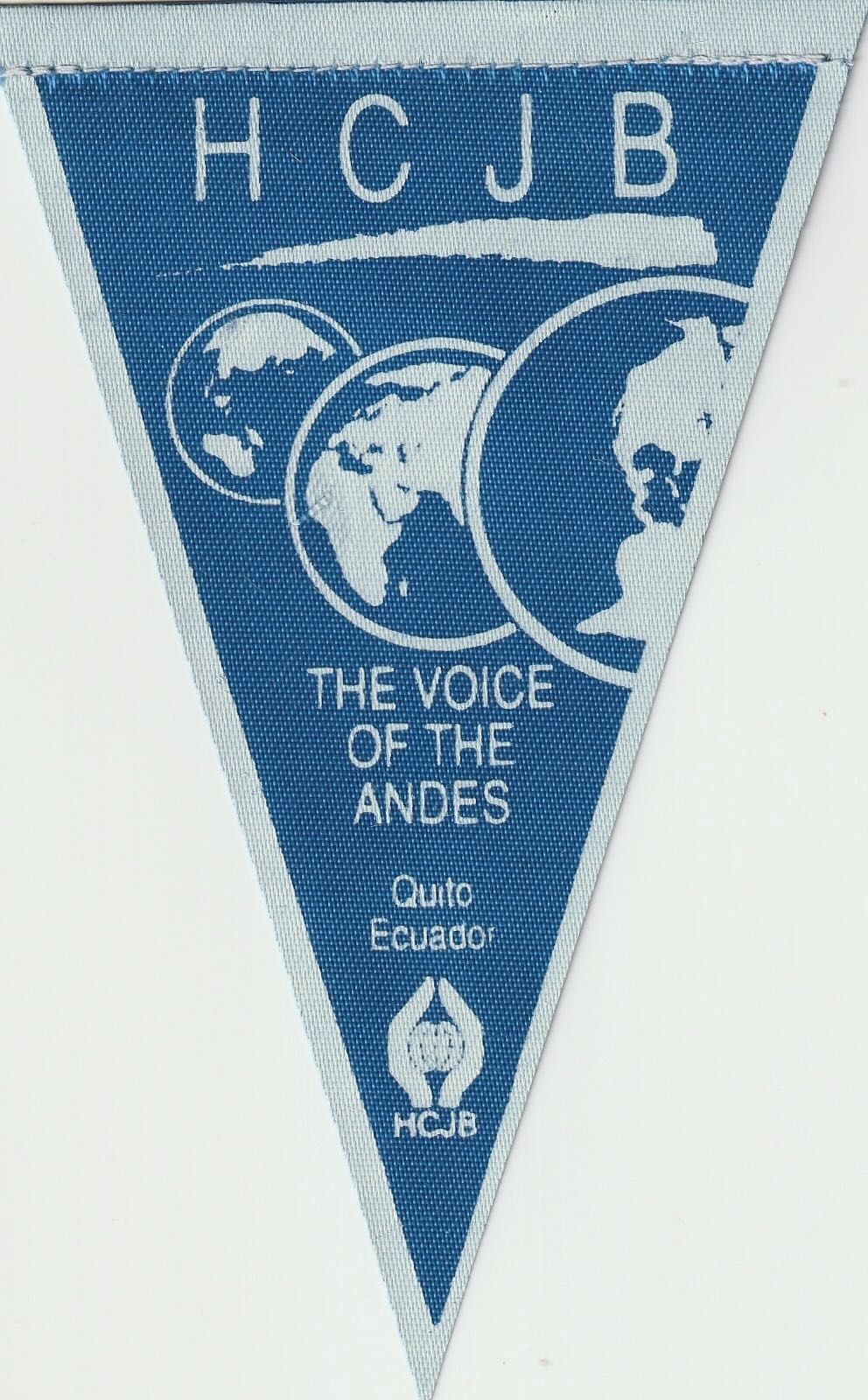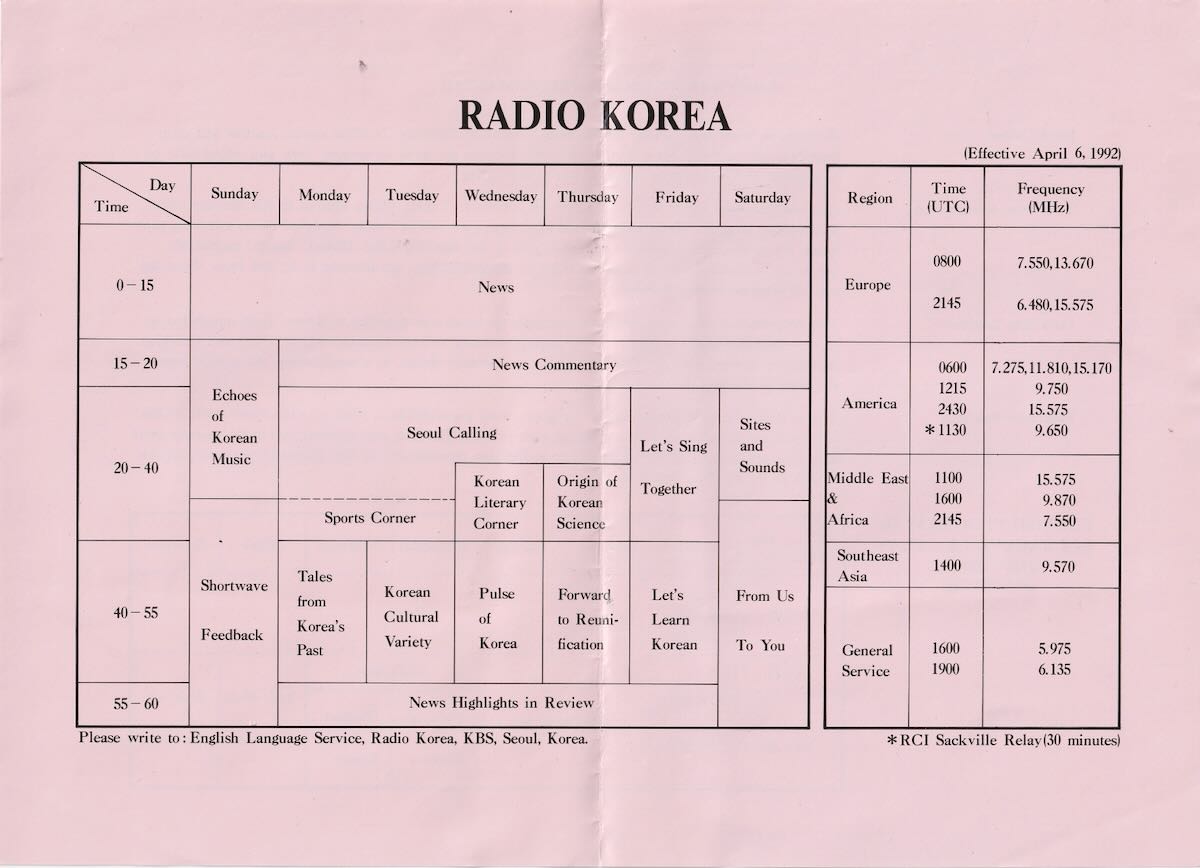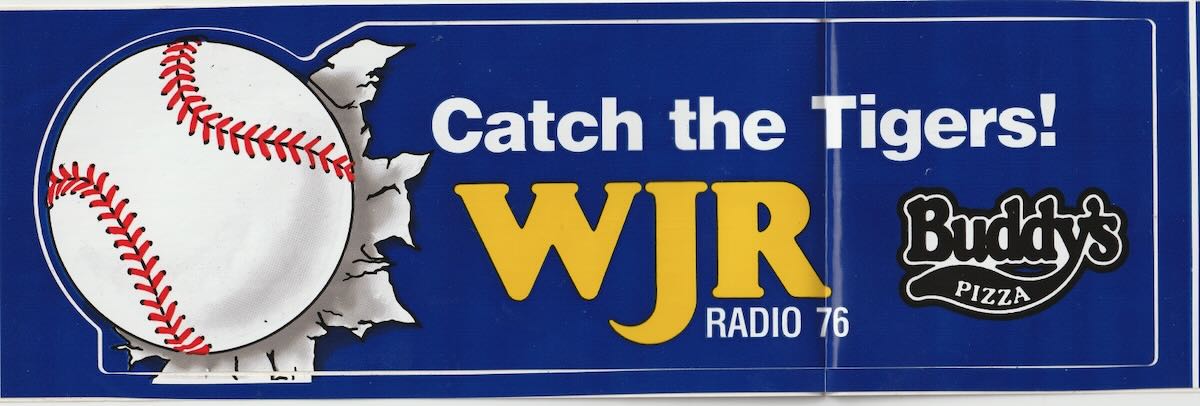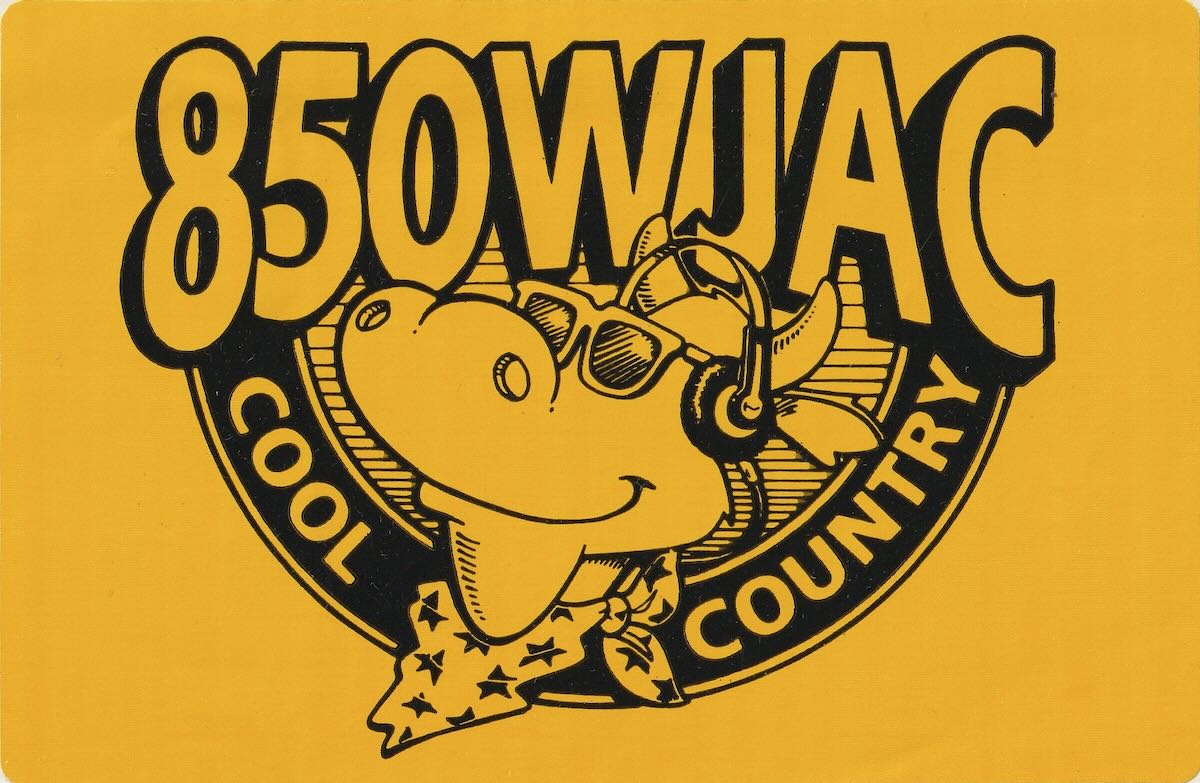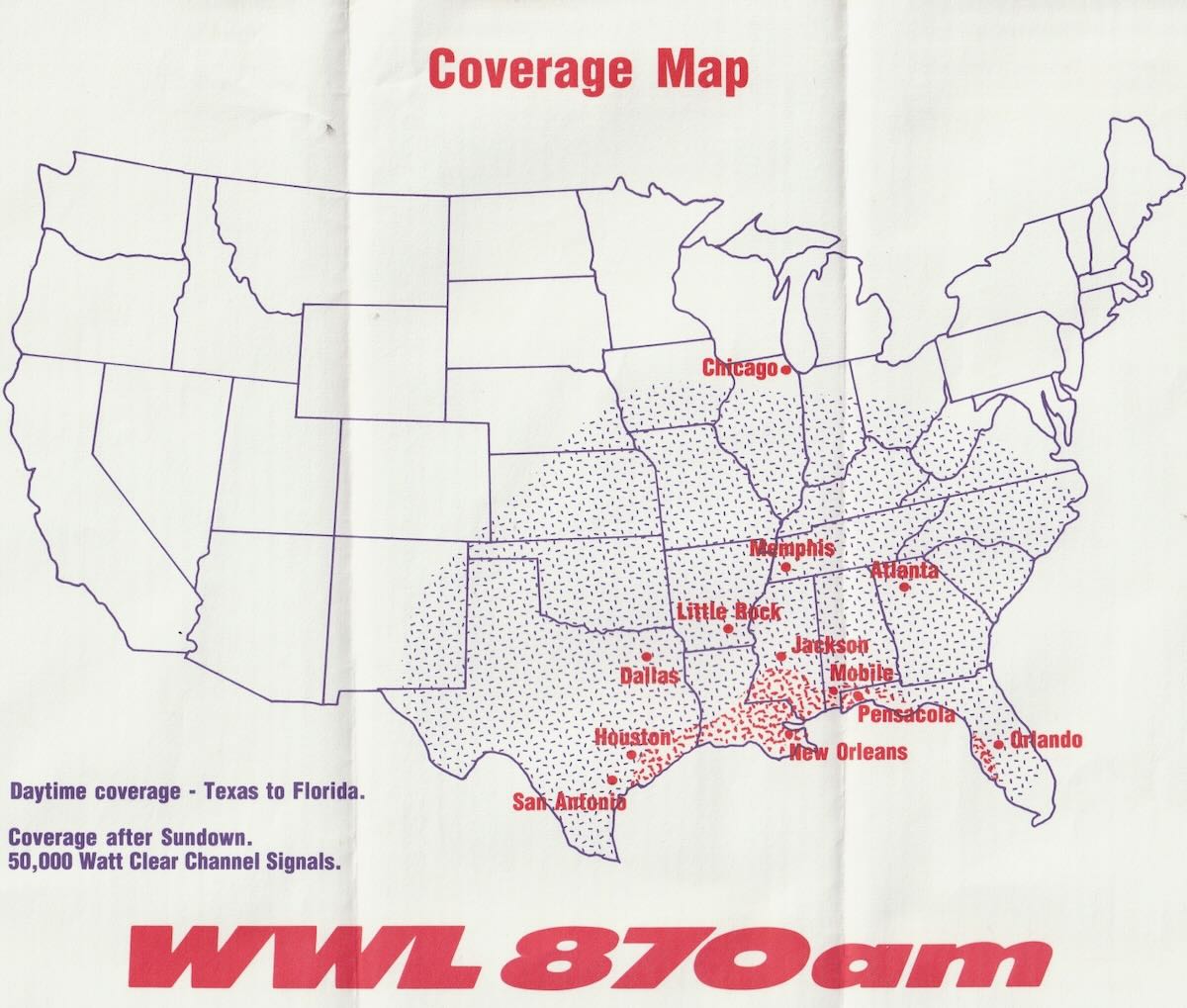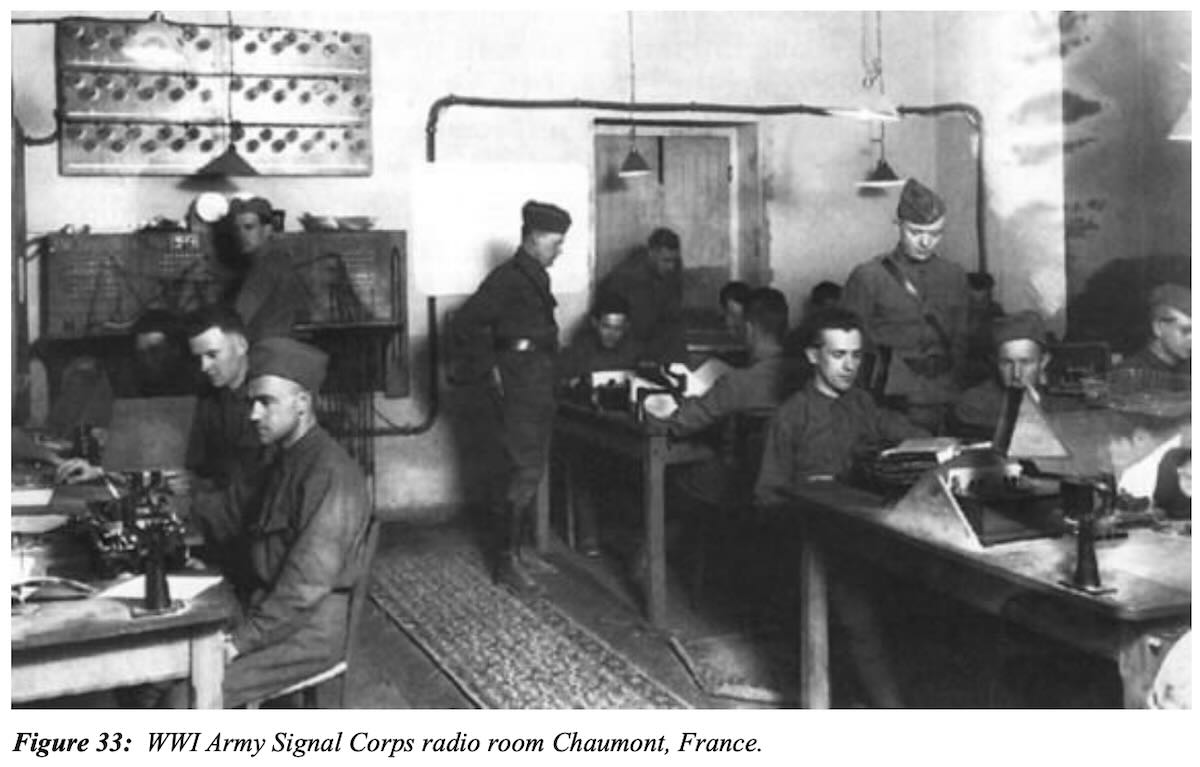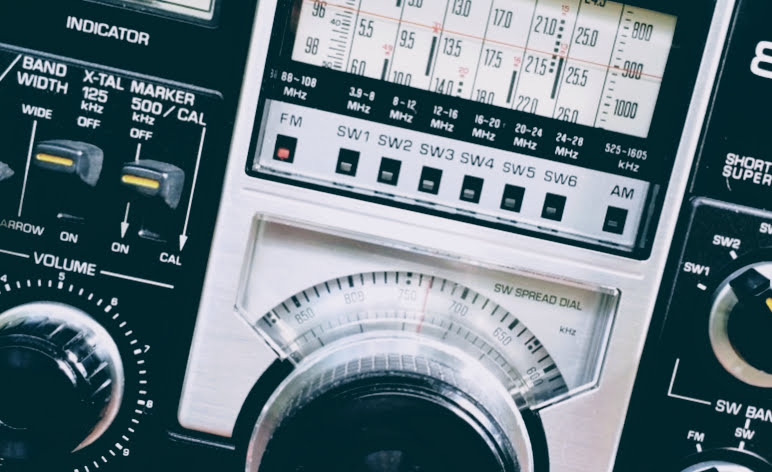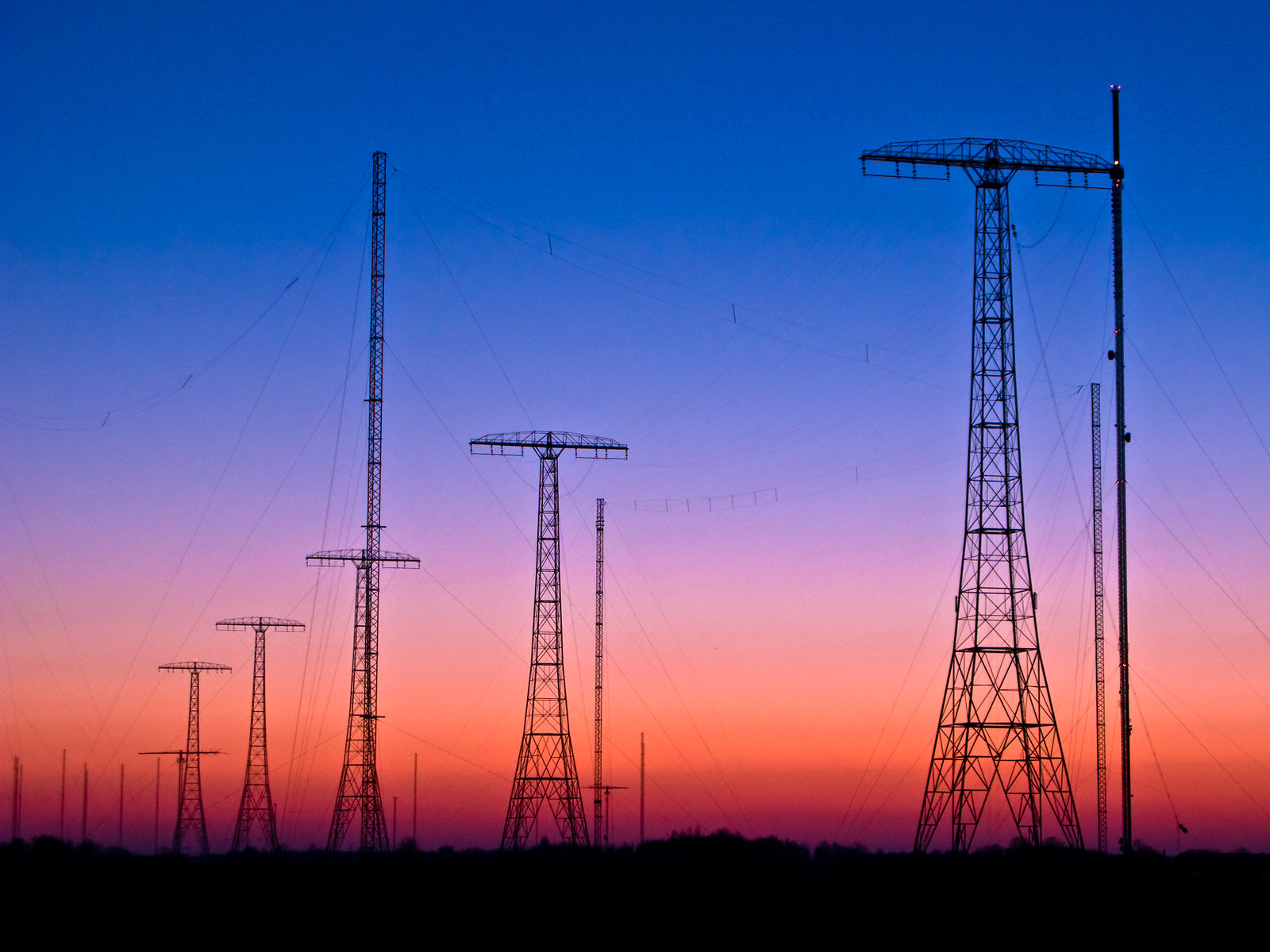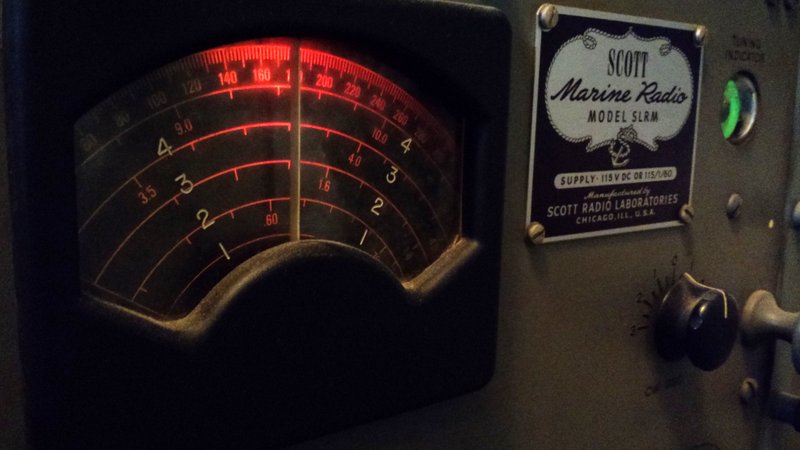Many thanks to SWLing Post contributor Conrad Trautmann, who shares the following guest post:
42.8 MHz WA2XMN FM Goes On The Air!
6/19/2025
By Conrad Trautmann, N2YCH
Stephen Hemphill, WA3ZAE, the owner of Solid Electronics Laboratories, fired up a vintage FM tube Phasitron transmitter on 42.8 MHz to put WA2XMN on the air at exactly 12:30 pm EDT today from the famous Armstrong Tower in Alpine, New Jersey. “W2XMN” was the call sign of Edwin Howard Armstrong’s experimental FM station that went on the air in 1936. “WA2XMN” is the official FCC call sign for the station Hemphill constructed with the cooperation of the tower site owners to commemorate Armstrong’s contribution to radio, Frequency Modulation.

W2XMN building at the Alpine Tower site
Hemphill explained that he attended a Society of Broadcast Engineers meeting that was celebrating Armstrong’s accomplishments, which sparked the idea of going on the air again on that original frequency. He thought it would be perfect to aim for the 70th anniversary of the first public broadcast of wideband FM. That anniversary celebration and broadcast was held on June 11, 2005. Today’s broadcast marks 90 years since that first FM Broadcast and 20 years since the commemorative event.
Hemphill built a transmitter based on the design of a General Electric BT-1-B, but on the lower frequency than what we now know as the standard FM band. Once turned on, the transmitter made 250 watts with no problem with a little headroom to spare and after warming up and settling in, had less than one watt reflected into 400+ feet of 1 ¼” transmission line into a vertical “ringo” antenna on the top, Western facing arm of the famous tower.

Stephen Hemphill poses with his Phasitron FM transmitter tuned to 42.8 MHz

Dual Eimac 4-250a power amplifier tubes

Armstrong Tower in Alpine, NJ (the vertical antenna is up there, trust me)
The audio broadcast today was mostly replays of the 70th anniversary event recordings. A temporary studio was set up in the tower site office building. The event was also streamed live over the internet.

WA2XMN temporary studio and audio processing.

Stephen Hemphill at the controls
The main audio mixing console used was a Gately Electronics Attache Case six channel mixer. Audio processing was done with a vintage Orban Optimod 8100A.

Gately Electronics Attache Case Mixer (apologies to all audio engineers for the pinned meters)
During the event, a web site address for enthusiasts to provide reception reports was given out. While we don’t have those reports yet, I contacted an amateur radio friend who was able to hear the station clearly 61 miles away in Ronkonkoma, NY on the eastern end of Long Island. That’s pretty good coverage for 250 watts!
Coupled with the special event broadcast was the annual picnic gathering of the New York Chapter of the Society of Broadcast Engineers, Chapter 15. Roughly 45 people attended and in addition to seeing the WA2XMN transmitter, they also got a first hand look at a few of the old Empire State Building FM Master antenna elements. Here’s a photo of your author standing next to one for perspective. I’m 6’ 5”.
To read more about this antenna and its history, visit this page researched and written by Paul Thurst, KH2R, owner of the “Engineering Radio” blog.

Conrad, N2YCH with an Alford antenna element from the Empire State Building
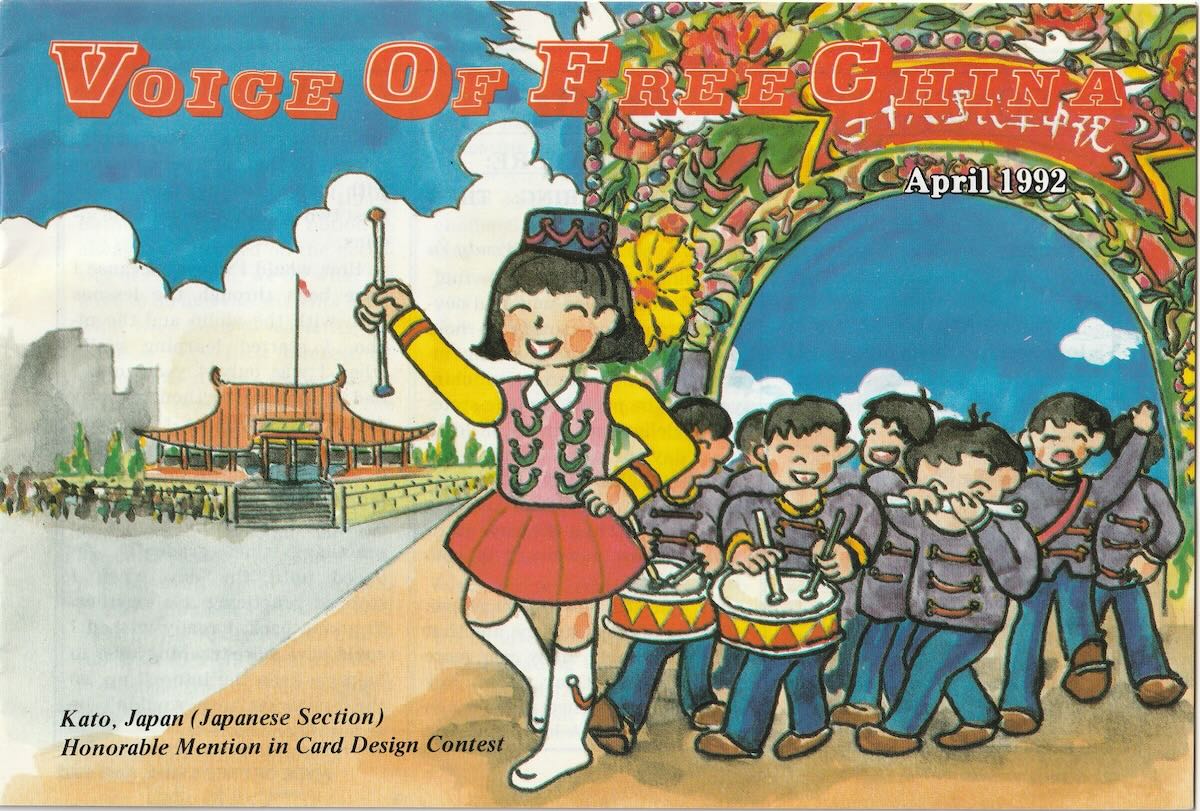 Many thanks to SWLing Post contributor Dan Greenall, who writes:
Many thanks to SWLing Post contributor Dan Greenall, who writes:
